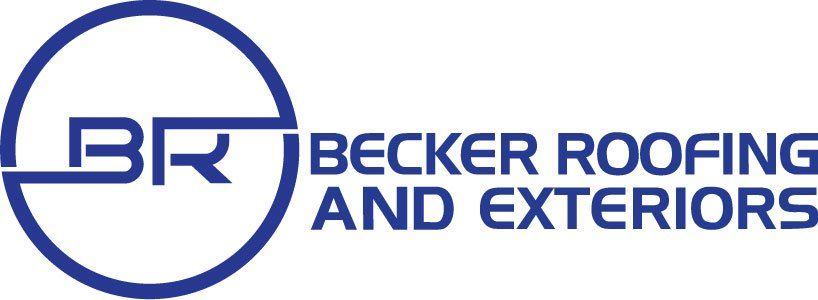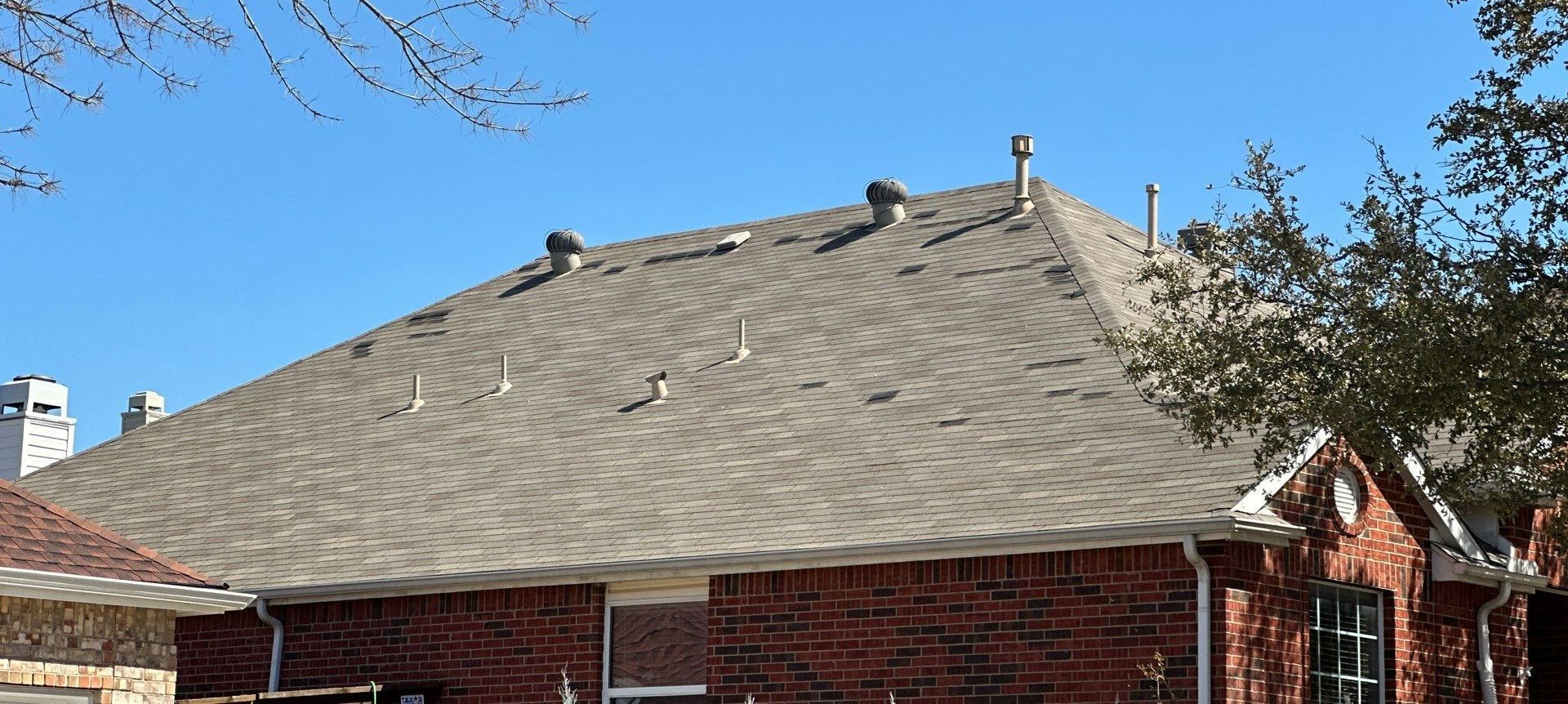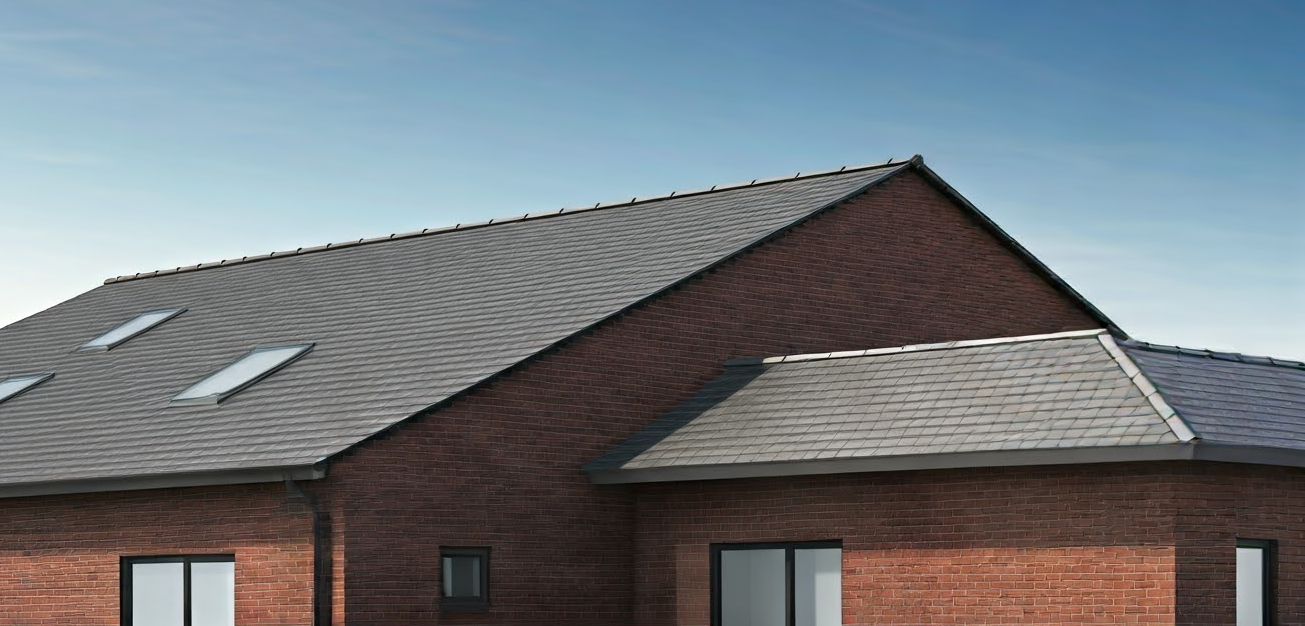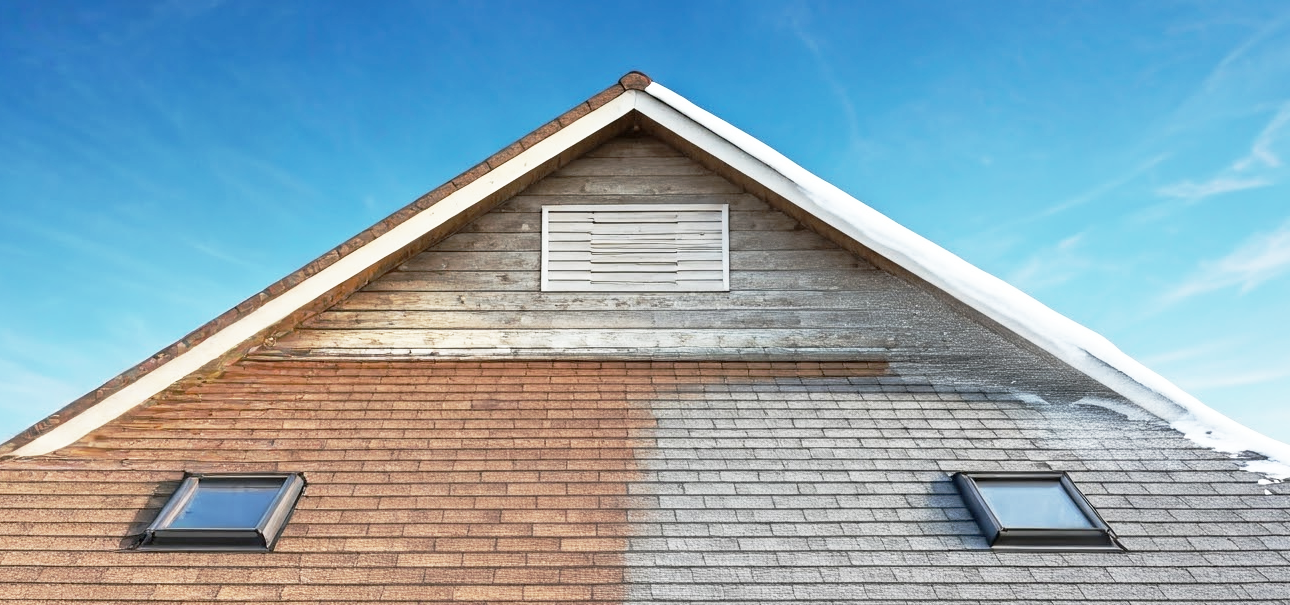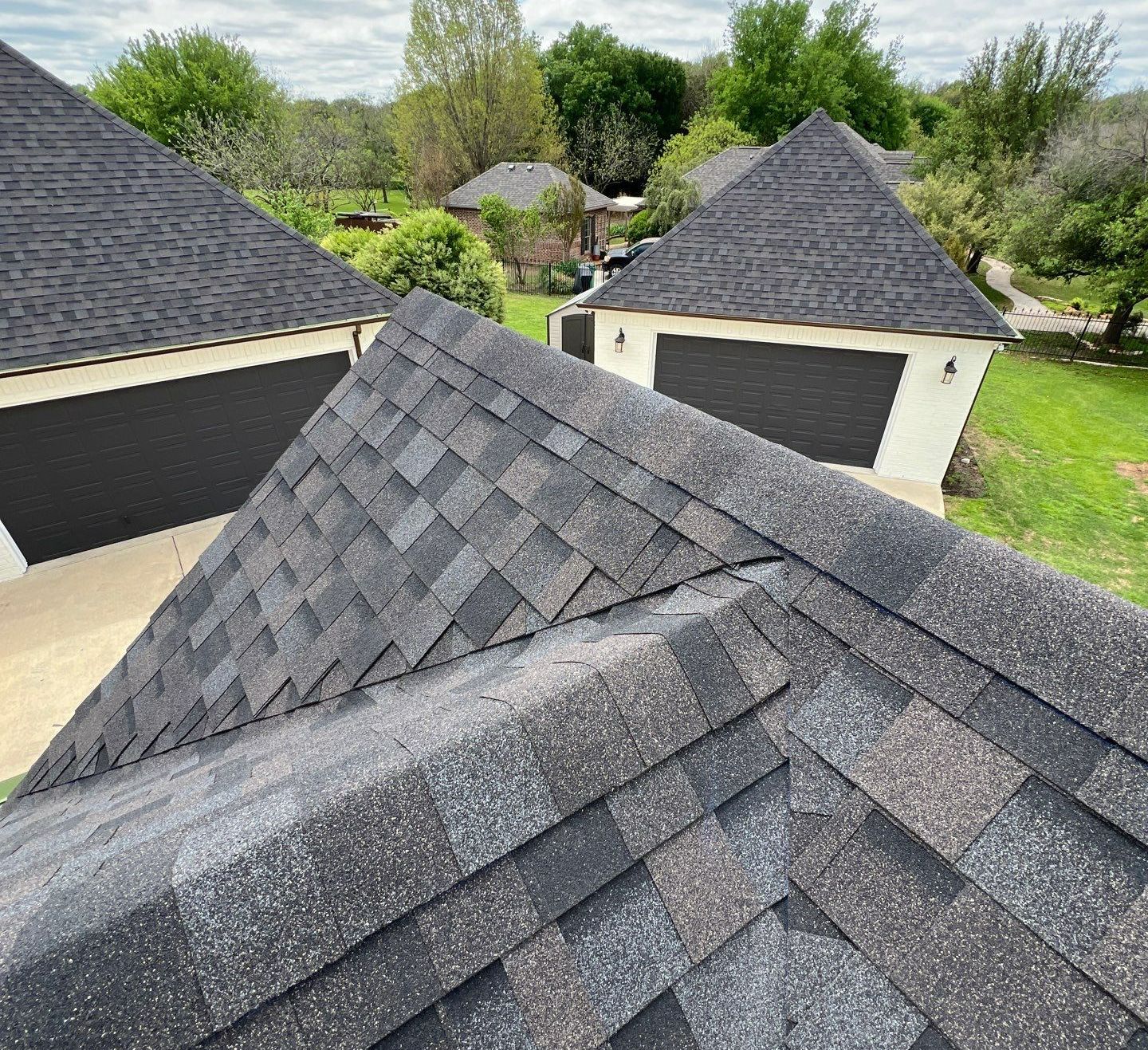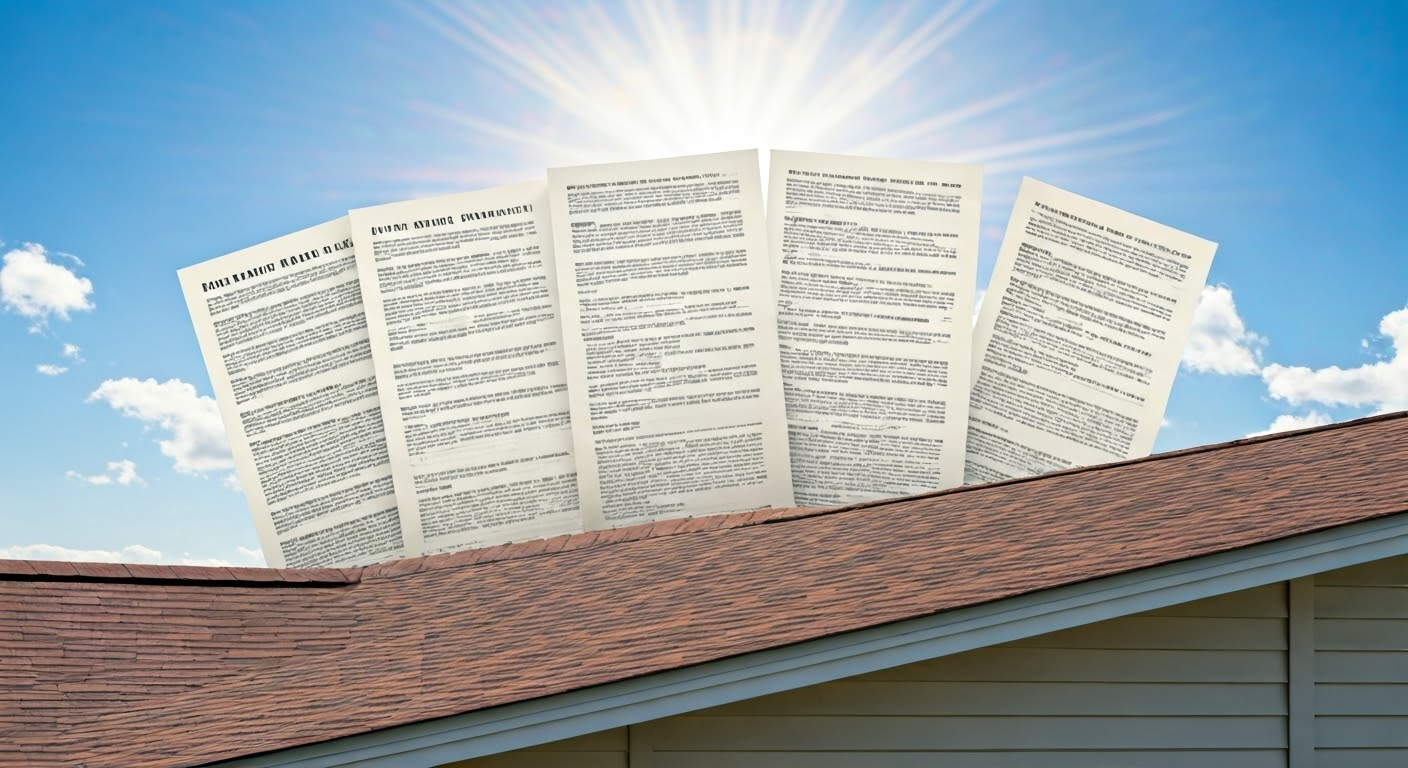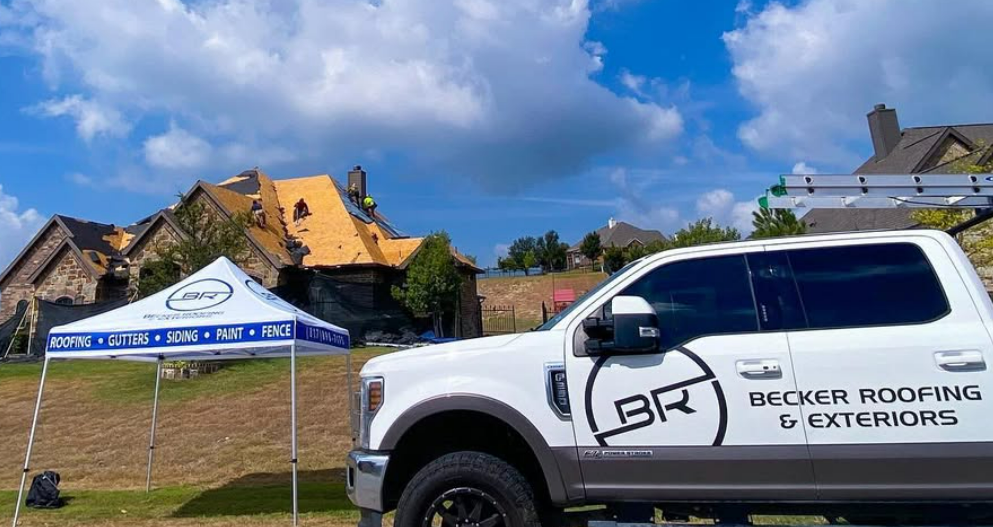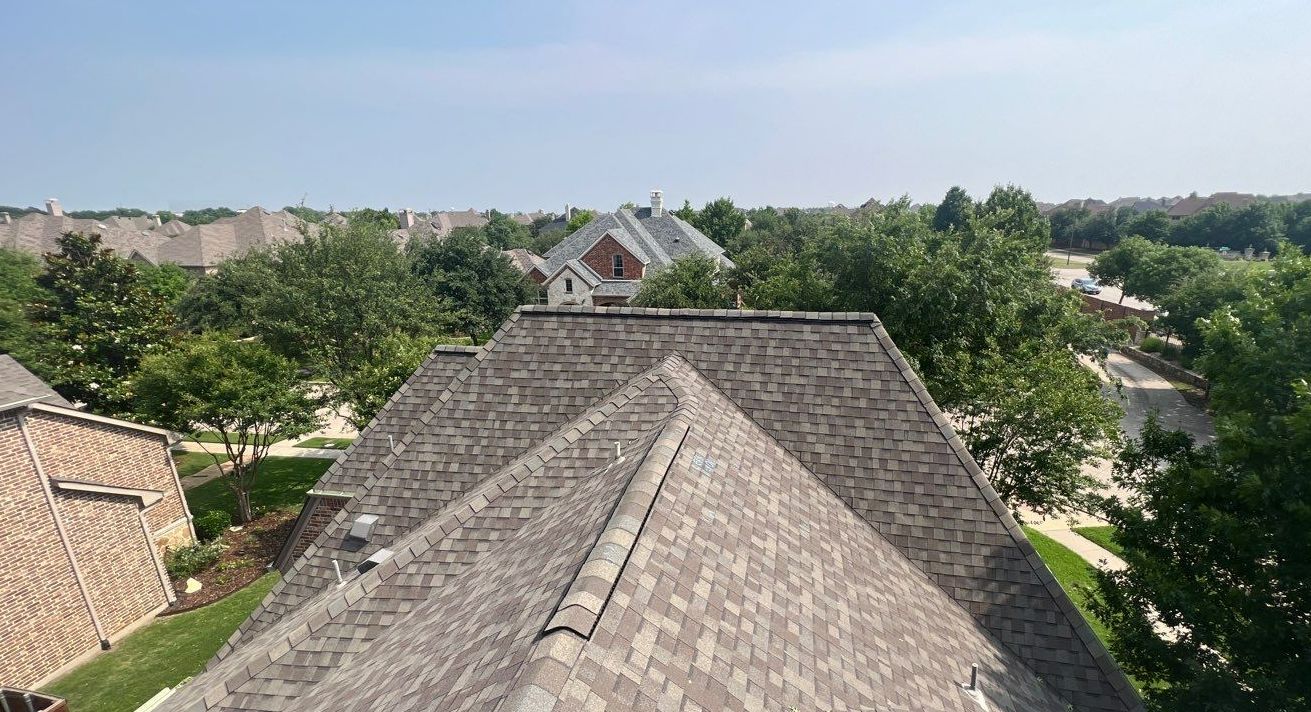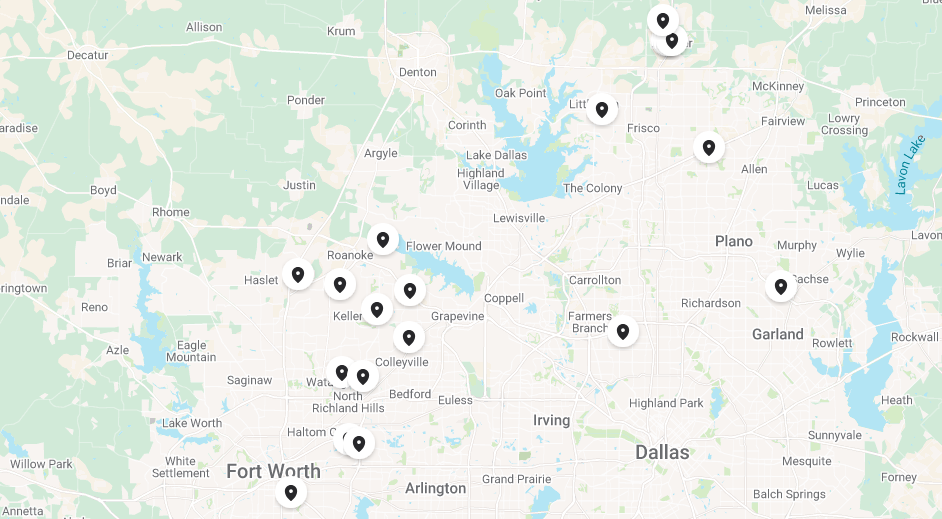Hurricane Helene Roofing Tips: Prepare Your Property
Ensure your property is hurricane-ready with our roofing tips. Protect your home from Hurricane Helene with our expert advice.
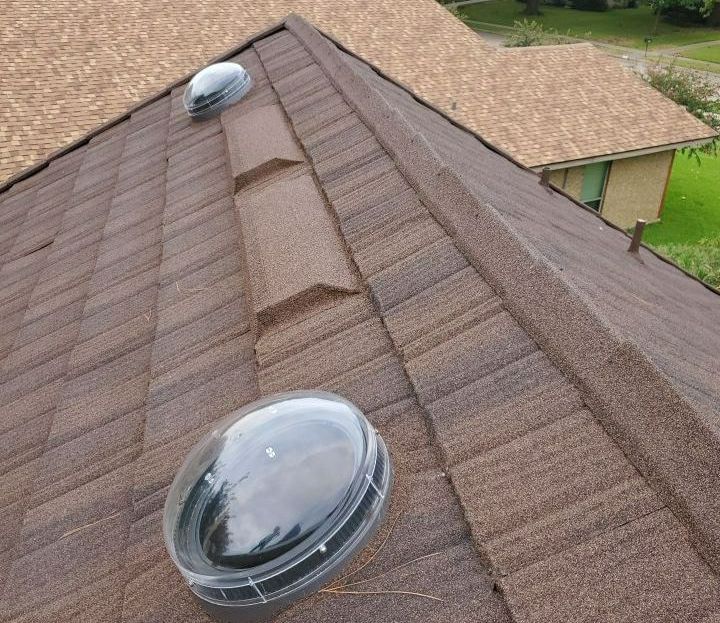
Preparing Your Property for Hurricane Helene: Roofing Tips
Key Highlights
- Hurricane Helene is expected to make landfall on Florida’s Big Bend.
- The National Hurricane Center (NHC) has issued a hurricane warning for coastal areas.
- Storm surge expected to reach up to 20 feet.
- Homeowners are advised to prepare their properties for high winds and potential flooding.
- Review your insurance policies and understand your coverage.
Homeowner Introduction: Residential Roofing
As Hurricane Helene gets closer, people in the predicted path are preparing for the strong weather it might bring. The National Hurricane Center (NHC) stresses the need to know how strong winds from storms can affect us. This helpful guide talks about roofing recommendations and offers important information and practical steps to help you protect your home from damage caused by Hurricane Helene.
Understanding Hurricane Helene's Property Impact
Hurricanes can be especially strong and can damage your property in many ways. It is important for property owners to know how a hurricane might affect your home, so you can prepare well ahead of the storm. Many people think hurricanes only bring strong winds, however, it is important to understand that storm surge is a serious danger to your home too.
Differentiating Wind from Storm Surge Damage
High winds are a key feature of hurricanes. They can blow off shingles, tear roofing materials away, and send debris flying through the air, which causes even more damage. On the other hand, storm surge refers to the unusual rise in sea level from the strong winds of a hurricane. This can result in severe flooding in coastal areas.
As a homeowner, it is important to tell the difference between wind and storm surge damage, especially for insurance claims. Wind damage usually shows as blown-off shingles, damaged or missing roof tiles, and marks from debris hitting. In contrast, storm surge damage often includes watermarks on walls, damp insulation, and structural harm from powerful floodwaters.
Knowing these differences can help you give clear information to your insurance company. This knowledge can also help speed up the claims process.
How Wind and Storm Surges Affect Roofing - Structures and Shingles
High winds can remove shingles from your roof like peeling an onion. This leaves your roof open to leaks. The wind creates pressure that can lift and detach parts of the roof. Asphalt shingles are common and inexpensive but can become weak as they age. This makes them more likely to be damaged by wind.
Also, poor roof ventilation can make wind damage worse. Good ventilation helps air to move and keeps the attic at a stable temperature and moisture level. Without proper ventilation, heat and moisture can build up. This can weaken the roof and make it more likely to suffer from strong winds.
Insurance Coverage and Warranty Essentials for Hurricane Season
Navigating insurance policies can be tricky, especially during hurricane season. As you get ready for Hurricane Helene, it is very important to check your insurance coverage. This helps you make sure you are protected against possible damages. It is also
crucial to understand the differences between wind damage and storm surge coverage.
Navigating Insurance: Wind vs. Storm Surge Damage
While most homeowner's insurance policies cover wind damage, coverage for storm surge damage often requires a separate policy or add-on, typically known as flood insurance. Flood insurance is particularly important for homeowners in coastal areas or those living in flood-prone regions. Understanding the distinction in your policy is vital to ensure you have adequate coverage for both wind and water-related damage.
Consider this table for clarity:

Key Insurance Policies to Secure Before Hurricane Helene
Before Hurricane Helene hits land, make sure you have the right policies ready:
- Homeowner's Insurance: This policy covers your home’s structure, your personal items, and any liability. Check your policy limits and deductibles to make sure they fit your current needs.
- Flood Insurance: You need a separate flood policy to protect against damages from storm surge.
- Windstorm Insurance: Some homeowner’s policies include windstorm coverage. But if you live in an area that often faces hurricanes, you might need a separate policy. Talk to your agent to see if you need this extra coverage.
Pre-Hurricane Roof Preparation Strategies
Preparing your roof before Hurricane Helene arrives can greatly reduce possible damage. Acting early is important for these steps to work well. The first and most important task is to do a complete roof inspection.
Comprehensive Roof Inspection Checklist
A thorough roof inspection is important to find any weaknesses that Hurricane Helene might use.
Here’s a checklist to help with your inspection:
- Check for missing, damaged, or curled shingles.
- Look at flashing around vents, chimneys, and skylights for gaps or cracks.
- Examine the roof underlayment, which is the material under the shingles, for any signs of damage.
- Make sure gutters and downspouts are clean and working well.
- Inspect the attic for good ventilation to stop moisture from building up.
- Check inside your home for leaks or water stains, as they can mean there are roofing issues.
Immediate Repairs and Reinforcements to Withstand Helene
Based on what you found during your inspection, do these steps to strengthen your roof and greatly lower the chances of serious roof damage during Hurricane Helene:
- Change any missing or broken shingles right away.
- Fix loose or lifted shingles using roofing cement or nails.
- Close any gaps or cracks in flashing with roofing sealant.
- Think about hiring a professional to add hurricane straps or clips to help secure your roof to your house's walls.
- If your roof is older and close to the end of its life, consider replacing it with impact-resistant shingles.
Conclusion
Getting your property ready for Hurricane Helene is important. A homeowner needs logical roofing tips to reduce possible harm. It's important to know how wind and storm surge damage can affect your roof. You should have insurance that fits your property’s needs for hurricane season. Checking your roof carefully, doing any needed repairs, and strengthening weak spots are great steps to help deal with Helene's strong winds. By following these tips, you can make your property stronger and lessen effects of severe weather. Stay updated, be ready, and keep your property and loved ones safe!
FAQ
What's the difference between storm surge and wind damage?
High winds can damage asphalt shingles, and other roofing materials. Storm surge can cause flooding, which can affect the entire property.
How does insurance typically cover these damages?
Homeowner’s insurance usually covers damage from wind and hail. Flood policies, often a different policy type, covers damage from storm surges. It’s important to check your warranty documents, and talk to your insurance company to get clear answers.
What are must-have insurance policies for hurricane season?
In America, important plans for hurricane season are homeowner's insurance, flood insurance, and even windstorm insurance. This plan and the coverage it will provide depends on where you live. Also, don't forget to check any warranties you already have.
How can I prepare my roof for a hurricane, and does ventilation help?
Preparing your roof means checking for damaged shingles or underlayment. You should make sure there is also good ventilation to prevent other types of harm to your home. It's helpful to clear debris from the gutters and fix any leaks ahead of the storm so less deterioration occurs.
Are there emergency repairs I should know about before Helene hits?
Emergency repairs before a hurricane include important tasks, such as replacing previously affected shingles, or fixing existing leaks. Additionally, secure any loose roofing materials to reduce possible detriment. Always check with the NWS or NOAA for the most recent updates.. Always check with the NWS or NOAA for the most recent updates.
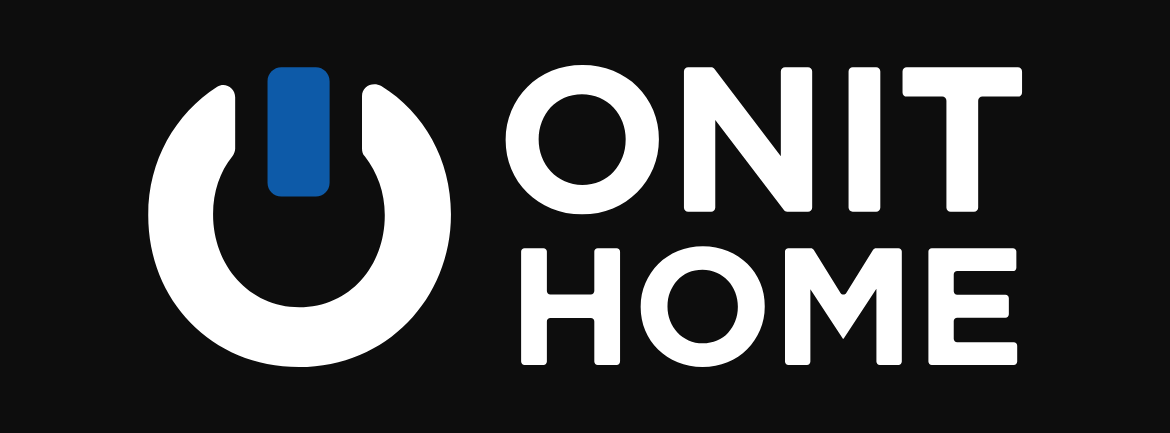
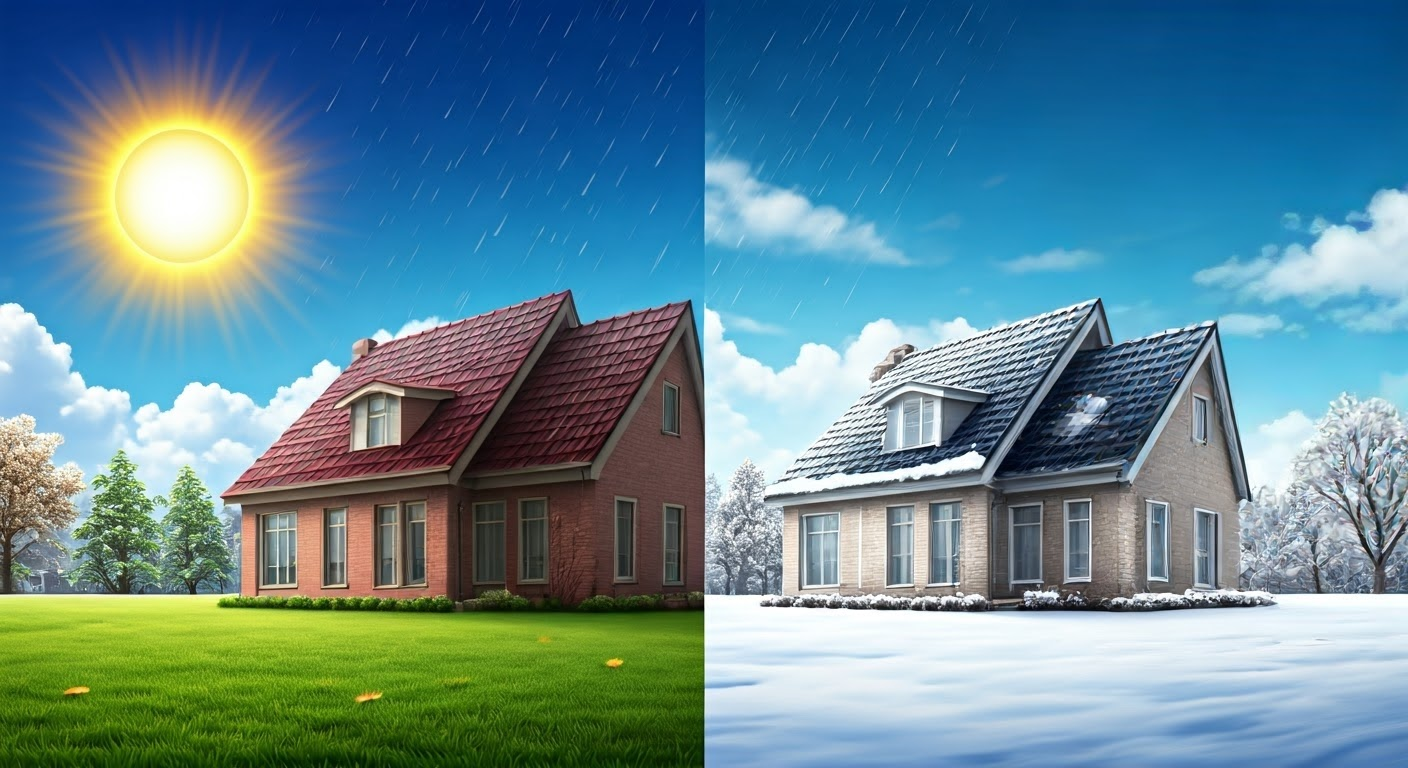
Our Location
Hours
Hours
Contact Us
- Main: (817) 898-7175
- Local: (817) 898-7175
- Mobile: (817) 898-7175
License # 03-0235
